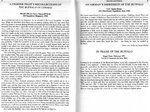Lucky13
Forum Mascot
Since we have the best, worst, most over and underrated aircraft fellas. How about something where we look from the ground crew point of view? Which aircraft do you think gave the people on the ground the most and the most severe headaches regards to the maintenance?

